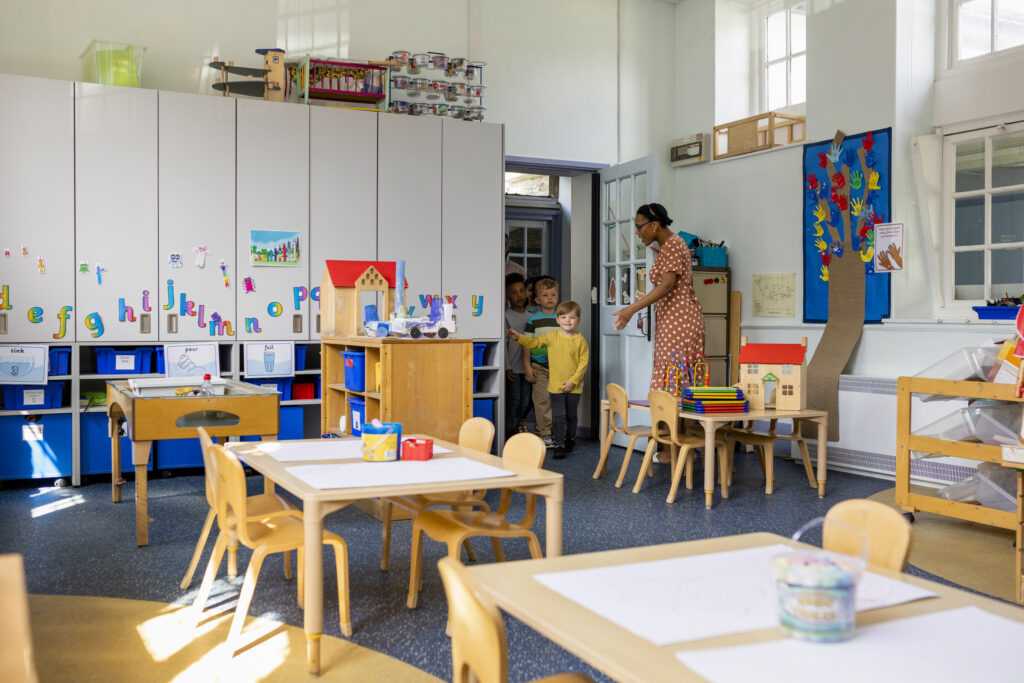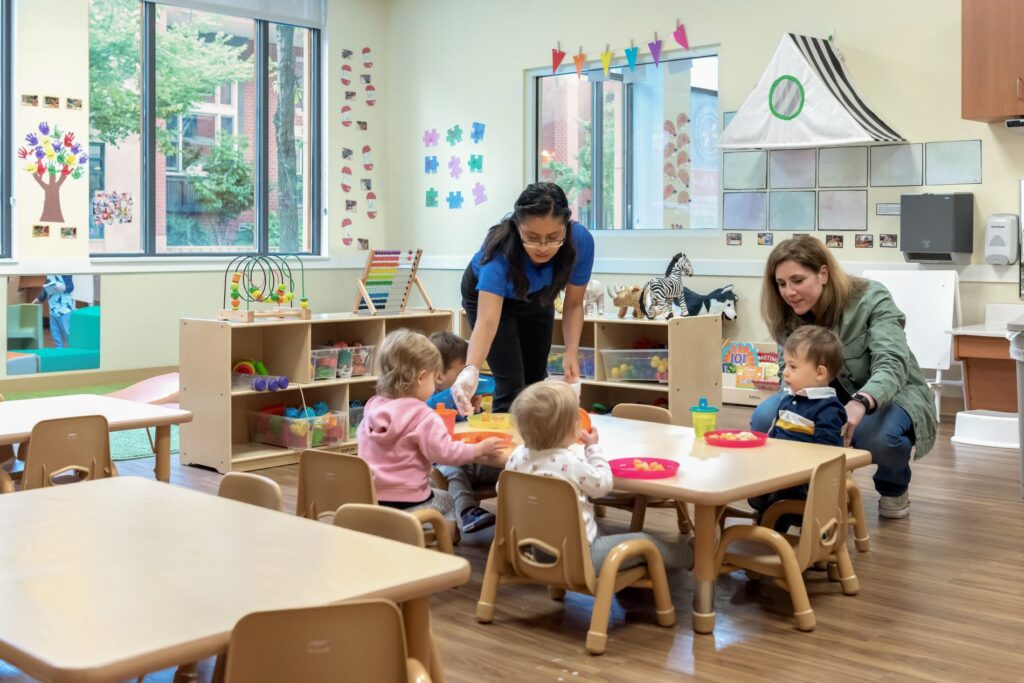Children’s furniture plays a crucial role in their daily lives, and choosing sustainable and eco-friendly options is a responsible choice that benefits both the environment and children’s well-being. By prioritizing materials, ethical sourcing, energy efficiency, recyclability, non-toxicity, and durability, parents and caregivers can create a sustainable and healthy environment for children to grow and thrive.
- Sustainable Materials: Selecting furniture made from renewable and responsibly sourced materials, such as bamboo or FSC-certified wood, reduces the impact on forests and ecosystems. Additionally, considering furniture made from recycled or upcycled materials helps divert waste from landfills and supports the circular economy.
- Ethical Sourcing: Supporting manufacturers and suppliers that prioritize fair labor practices and ethical sourcing ensures that the furniture is produced under responsible and humane conditions. This includes verifying certifications or memberships in organizations that promote ethical standards in manufacturing. manufacturers and suppliers that prioritize fair labor practices and ethical sourcing ensures that the furniture is produced under responsible

- Energy Efficiency: Choosing energy-efficient children’s furniture contributes to reducing energy consumption and greenhouse gas emissions. Opting for furniture with energy-saving features, like LED lighting or low-energy electronics, helps conserve resources while creating a sustainable and cost-effective environment.
- Recyclability and Upcycling: Prioritizing furniture that can be easily recycled or upcycled at the end of its lifecycle reduces waste and promotes a circular economy. Furniture made from materials that can be repurposed or transformed into new products minimizes environmental impact and encourages sustainable consumption practices.
- Non-Toxic and Low Emission: Ensuring that children’s furniture is free from harmful chemicals and toxins is essential for their health and well-being. Choosing furniture with certifications such as GREENGUARD or OEKO-TEX guarantees low emission levels and promotes a safe indoor environment for children.
- Durability and Longevity: Investing in durable and long-lasting furniture not only reduces waste but also saves money in the long run. Opting for adjustable or convertible pieces that can adapt to children’s changing needs allows furniture to grow with them, reducing the need for frequent replacements.

By selecting sustainable and eco-friendly children’s furniture, parents, educators, and caregivers make a positive impact on the environment and promote the well-being of children. By considering sustainable materials, ethical sourcing, energy efficiency, recyclability, non-toxicity, and durability, we create a nurturing environment that supports the present and future generations. Let’s embrace responsible choices and contribute to a sustainable future for our children.

